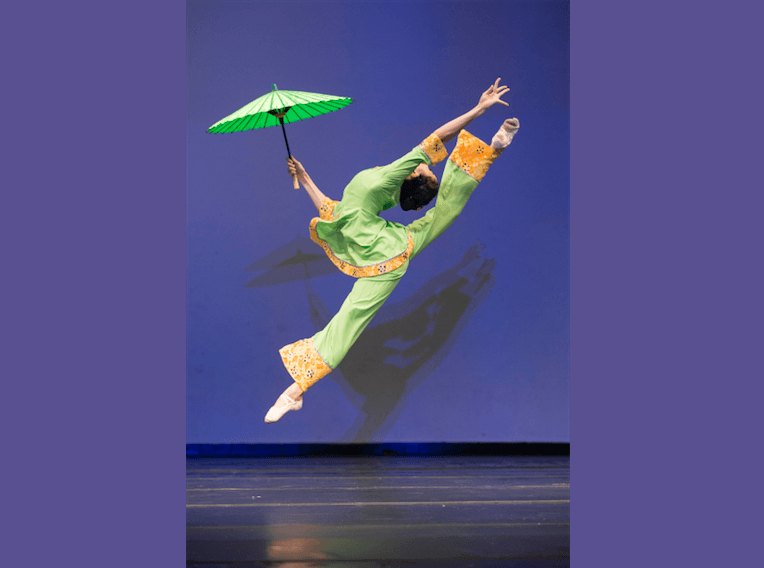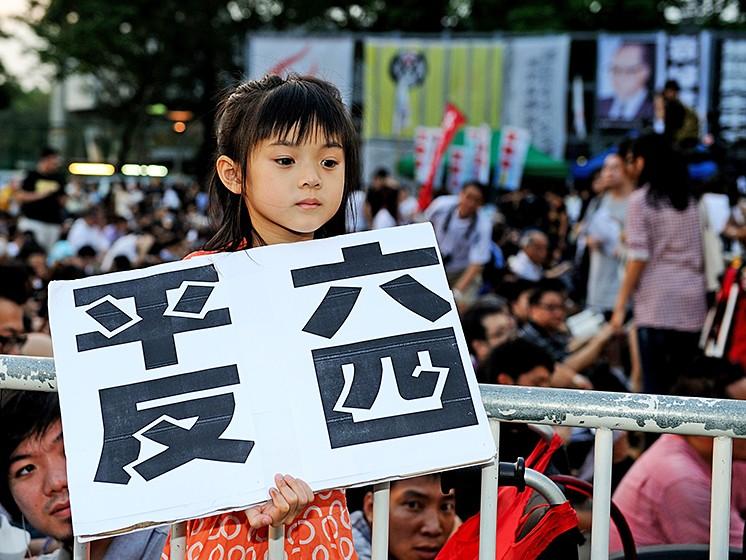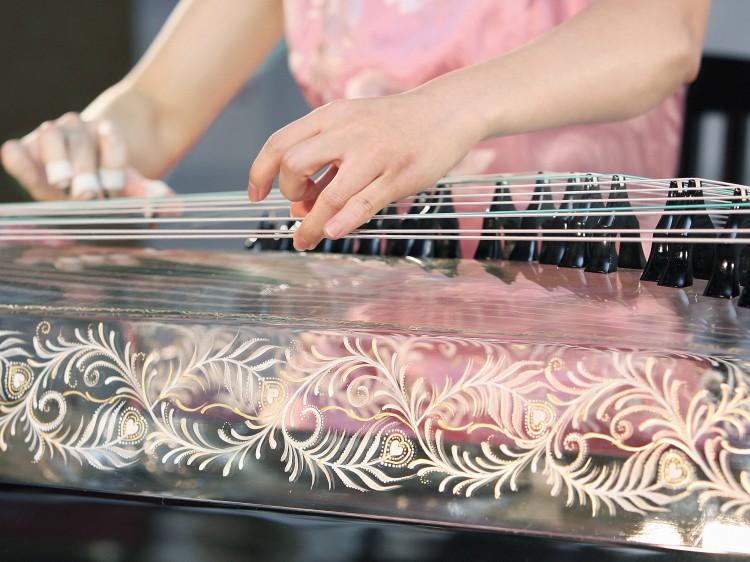NEW YORK—New Tang Dynasty Television’s International Classical Chinese Dance Competition is coming back. For the first time, the organizers arranged a preliminary competition in Hong Kong, hoping to attract talented classical Chinese dancers from China.
The first preliminary round will be held in Hong Kong on Aug. 18 at the Public Hall of Caritas, while the North American preliminary round, as well as the second and final rounds, will be held at New York’s Tribecca Performing Arts Center in October.
The competition aims to launch “a new era in classical Chinese dance by fostering cultural exchange, making this ancient Chinese culture renowned throughout the world, and promoting purely authentic traditional dance that is pure goodness, and pure beauty,” according to its mission statement.
With the success of the global tours by New York-based Shen Yun Performing Arts, many in the dance community worldwide have had opportunities to witness the profundity and beauty of classical Chinese dance.
“Classical Chinese dance is becoming ever so popular in the Western society and there is an increasing need for performers and teachers. Many of our past winners who came from China were provided with a broader range of opportunities outside of China after they competed in the competition,” said Ma Lijuan, Director of New Tang Dynasty Television’s Competition Series.
Ms. Ma revealed that although there is a large number of professional dance institutes in mainland China, many dancers had to take on other careers due to the limitation of opportunities for classical dancers there.
The Competition Meets Difficulties in Hong Kong
The organization of the competition in Hong Kong has met with difficulty for contestants from the mainland, which comes from the Chinese government. According to Ms. Ma, a secret order is pressuring dance schools to prevent their students from participating in the competition. The pressure comes from the communist regime. Some dance students who have submitted registration forms to the competition have been threatened.
“Officials from the Political and Legislative Affairs Committee told the contestants that they would not be able to receive travel documents. We have also had feedback from schools that have been ordered to tell students not to come to our competition. Some of those who have registered with us were told that if they did not give up [the registration], they would be expelled from school and no longer be able to have a career in China,” Ma said.
The Political and Legislative Affairs Committee is a powerful organ which oversees all legal enforcements, and often takes the role to suppress dissidents and put down politically sensitive issues.
Ms. Ma wants to assure dancers from China so that they will not to be frightened by the Chinese government and will seize the opportunity to participate in bringing this traditional art form to the world.






